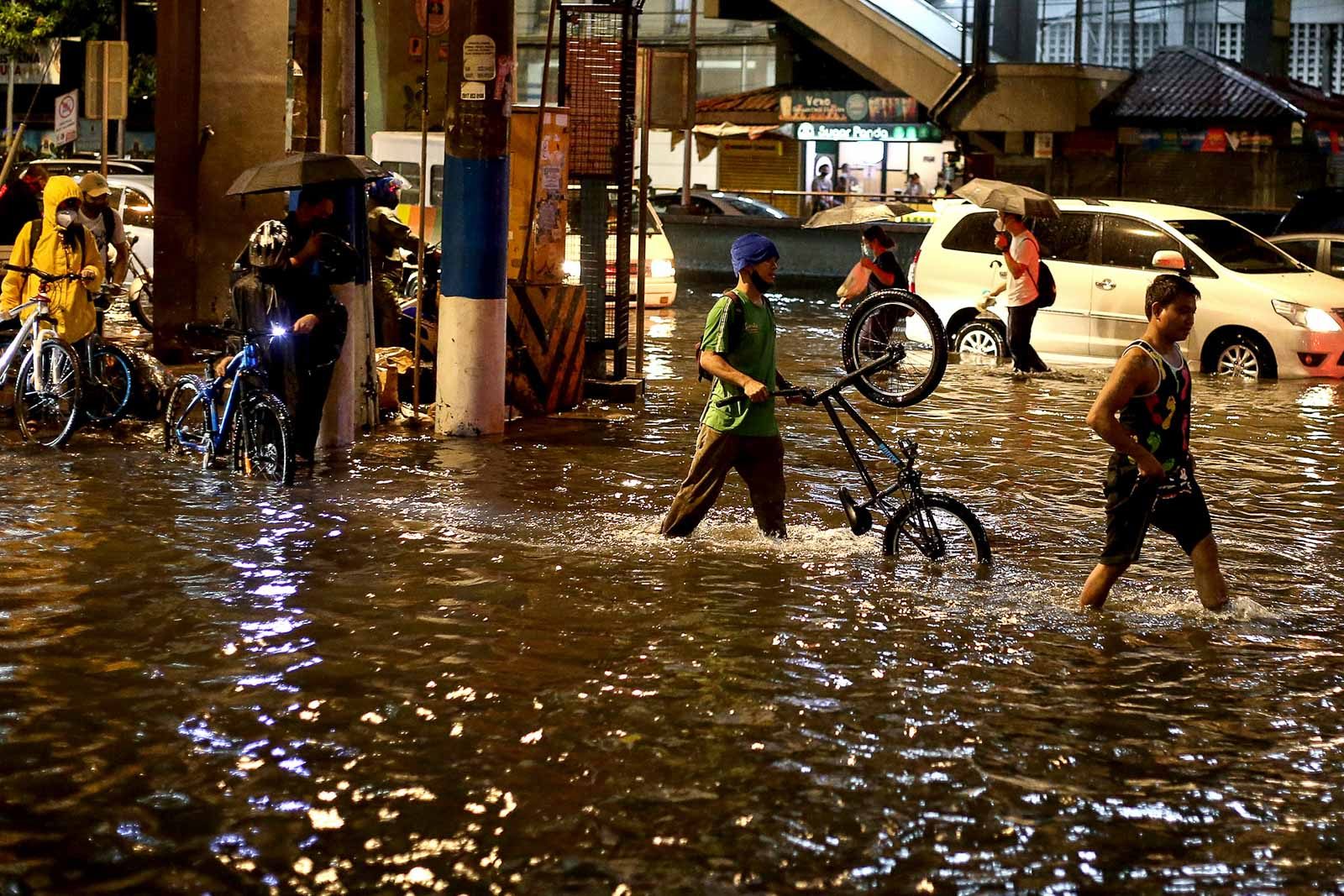SUMMARY
This is AI generated summarization, which may have errors. For context, always refer to the full article.

MANILA, Philippines – The country’s rainy season is here.
The Philippine Atmospheric, Geophysical, and Astronomical Services Administration (PAGASA) declared the start of the rainy season on Friday, June 12.
In a statement on Friday, PAGASA noted that the following have brought “significant amount” of rain to the western parts of Luzon and the Visayas in the last 5 days:
- scattered thunderstorms
- Tropical Depression Butchoy
- southwest monsoon or hanging habagat
“This satisfies the criteria of the start of the rainy season in the areas affected by habagat which will continue to experience scattered to widespread rain and thunderstorms in the coming days,” PAGASA said.
“The public and all concerned agencies are advised to take precautionary measures against the impacts of the rainy season.”
But the state weather bureau added that periods of rain will be followed by dry periods, called monsoon breaks, “that could last for several days to two weeks.” This means that rain will not persist throughout the entire wet season.
The declaration of the rainy season also comes as the Philippines continues to combat the coronavirus pandemic, a crisis that may pose more risks as tropical cyclones loom.
So far, the Philippines has had two tropical cyclones in 2020:
- Typhoon Ambo (Vongfong) – May
- Tropical Depression Butchoy – June
The country gets an average of 20 tropical cyclones per year. (READ: LIST: PAGASA’s names for tropical cyclones in 2020)
Below is the estimated number of tropical cyclones from June to November:
- June – 1 or 2
- July – 2 to 4
- August – 2 or 3
- September – 2 or 3
- October – 2 or 3
- November – 1 or 2
The estimate for December is expected to be included in PAGASA’s next climate outlook. (READ: FAST FACTS: Tropical cyclones, rainfall advisories) – Rappler.com
Add a comment
How does this make you feel?
There are no comments yet. Add your comment to start the conversation.